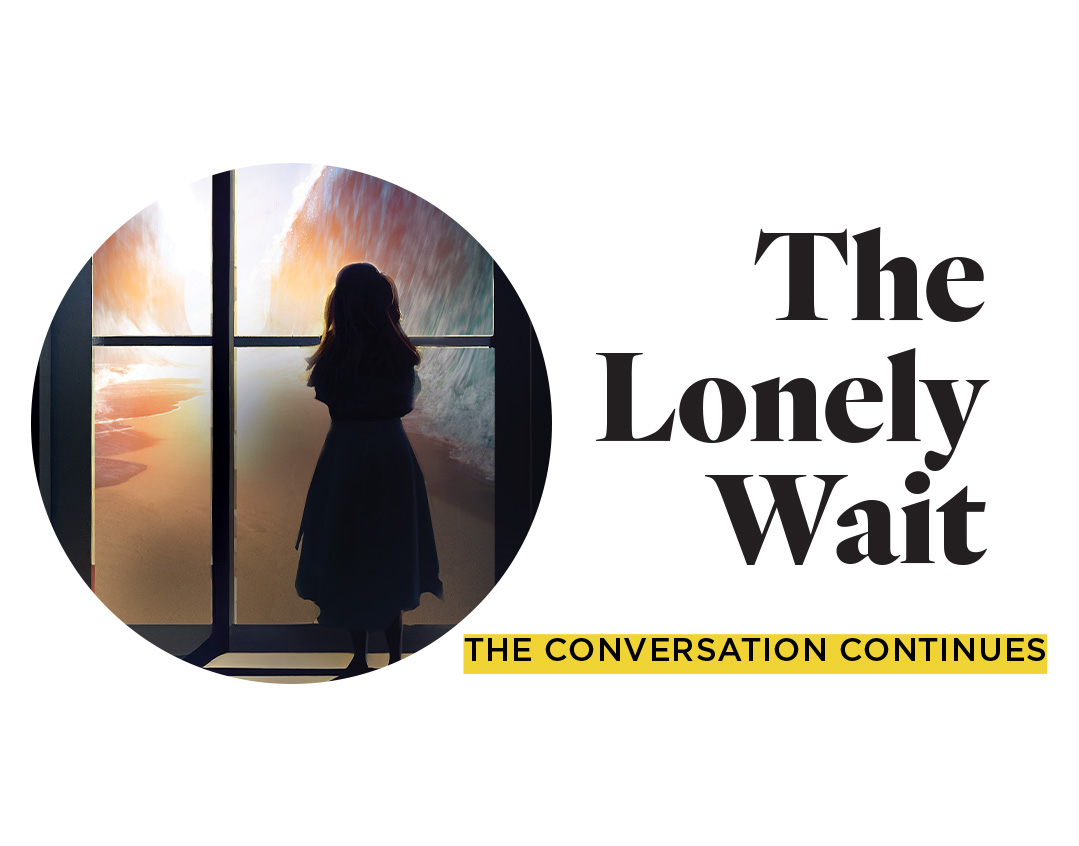The Truth Behind the Numbers
| January 24, 2023As a clinical psychologist and researcher, I have, over the past several years, conducted research on various topics relating to the frum community
L
ast week’s article “Splitting Seas, Drying Tears,” which profiled a new initiative to gather data on shidduchim, struck me as particularly relevant. As a clinical psychologist and researcher, I have, over the past several years, conducted research on various topics relating to the frum community. As our team learned over time, the discoveries revealed through thorough research can be incredibly eye-opening. Problem-solving without research is like target-shooting without light. To lend insight into this, allow me to share some of what we’ve learned as it pertains to the shidduch system.
From early on in my career, I was motivated to help those I saw struggling in the shidduch system. In 2017, I, together with a team of talented researchers initiated a study called “Data Analytics Addressing Shidduchim” (DAAS). This study set out to determine the percentages of women and men remaining unmarried, whether the marriage “age gap” is responsible for a dearth of available men, and whether changes in religious identification influence the ratio of available men to women.
The survey, launched in 2019, solicited thousands of individuals for basic demographic information about themselves and family members, and also allowed participants to express their opinions on the subject. Close to 1,000 individuals anonymously shared their thoughts and experiences. These poignant and vulnerable responses highlighted the struggles that so many experience. Our screens bore witness to their pain, strength, resilience, and courage. We published a paper on the themes that emerged in the Journal of Community Psychology titled “Struggles in the Orthodox Jewish Shidduch Dating System.”
One of the biggest lessons we learned from poring over the responses is that problems in the shidduch system are multifaceted, diverse, and nuanced. Twenty-seven different themes emerged from the survey, the most common being the superficial and perfectionist criteria we use to assess compatibility between prospective partners. We have created a culture in which we start to “view each other as a series of unrealistic boxes to be checked off rather than as unique individuals.” Important decisions are made for the sole purpose of checking off these boxes, sometimes at the expense of individual well-being. This perpetuates a culture of unrealistic expectations that nobody can sustain.
The second most common theme was the notion that there is a dearth of available men for women to marry. Daters, parents, shadchanim, and rabbanim all expressed the feeling that this imbalance makes the shidduch process much harder for women than for men, and has consequences that infiltrate cultural norms beyond dating. A man presented with endless lists of women ends up viewing shidduchim not as a chance to build relationships but as “a contest in which he is the judge.” Women, on the other hand, “are placed at a serious disadvantage and expected to make all the accommodations.”
Many women indicated that hearing about the shidduch crisis while they were growing up led to anxiety and desperation, which in turn pushed them to make fear-based decisions. Participants discussed the communal pressure they felt to marry too young and date for too little time. Twenty-year-olds said that well-meaning “im yirtzeh Hashem by you” comments made them second-guess their healthy sense of contentment with their not-yet-married status. Many requested we take a hard look at the language we use, such as the word “crisis”; or terming a 19-year-old sporting a sheitel a “woman,” but often calling a 35-year-old accomplished single female a “girl.” Some spoke about difficult marriages and painful divorces.
The pain expressed by those who would like to be married but are not was particularly powerful. As one individual expressed so poignantly, “I cannot begin to explain the level of hurt and emotional pain that we go through. Our community is based on family, and yet we cannot have this, despite how hard we try.” These individuals yearned for more inclusion in community spaces. The resilience, strength, and bitachon evident in their struggles as they face social stigma and insensitive remarks make them nothing short of heroic.
Several recent articles about the DAAS survey’s initial findings stated that 92 percent of women in the yeshivish segment are married by age 30, and 98 percent are married by age 40. These high percentages are not consistent with the individual experiences described by many singles in the very same survey results. So noted clinical psychologist Dr. Michael J. Salamon and I decided to ask US Census statistician David Katzoff to join us in an independent quantitative analysis of the survey data.
The previous analysis made use of historical marriage rates culled from the previous 25 years. We recalibrated the analysis to make use of current age marriage rates. We also incorporated survey results that had been excluded in the previous analysis, such as responses from those who did not grow up yeshivish. Both analyses are valid; each has its pros and cons, its possible biases and limitations.
The recalibrated analysis produced different results. We found that in the current age 25-29 cohort, 20% of women and 23% of men had never been married. In the current age 30-34 cohort, 9% of women and 9% of men had never been married. In the current age 35-39 cohort, 8% of women have never been married compared to 5% of men. In the current age 40-plus cohort, 4% of women and 4% of men have never been married.
It should be noted that these statistics apply only to those currently identified in the yeshivish segment. When we include those who were raised yeshivish and then ultimately either shifted to Modern Orthodox or became nonobservant, the never-married rates increase somewhat. We feel that these survey results better represent the current experience of daters.
Many factors contribute to the marriage rates. While the age-gap hypothesis has garnered the most attention, this study indicates that the true age gap is closer to only two years, and therefore is not a likely contributing factor. Regarding hashkafah shifting, this study found that significantly more men than women who were raised in the yeshivah community shifted to Modern Orthodox or are no longer religious in adulthood. This may be a significant contributing factor to the challenges of women seeking a spouse.
This study has not assessed other important factors. Many participants felt that there is not a dearth of available men in terms of actual numbers, but rather that there are not enough men in the yeshivah community who fit the criteria that women are seeking. These qualities may include commitment to Torah learning, level of education, career path, and social skills. Uncompromising criteria and reluctance to commit by both genders may also be a factor at play. Future studies should evaluate this possibility.
For science to progress, replication of studies is necessary. It is wonderful that our community is moving toward a research-based approach. However, it is important to bear in mind that as we assess problems and propose solutions, we must not trade one problem for another.
We need to address structural problems affecting the ratio of available men to women without making our amazing, accomplished daughters and sons feel like singlehood status at age 23 is problematic. We need to help those who want to get married without fomenting a sense of panic that causes young girls to believe their chances of finding a husband are below 50 percent.
And as the participants so eloquently expressed, we need to view each other in a more holistic and wholesome manner, beyond a list of superficial attributes with boxes needing to be checked.
The four words from the responders that stood out to me the most is that whatever their particular struggle is, ultimately, “Hashem has a plan.” I am honored and humbled to have been the silent researcher forming a coherent communal narrative based on their thoughts and experiences.
Naomi Rosenbach, PhD, is a clinical psychologist and researcher. Her research focuses on factors related to well-being in the Orthodox Jewish community.
(Originally featured in Mishpacha, Issue 946)
Oops! We could not locate your form.





